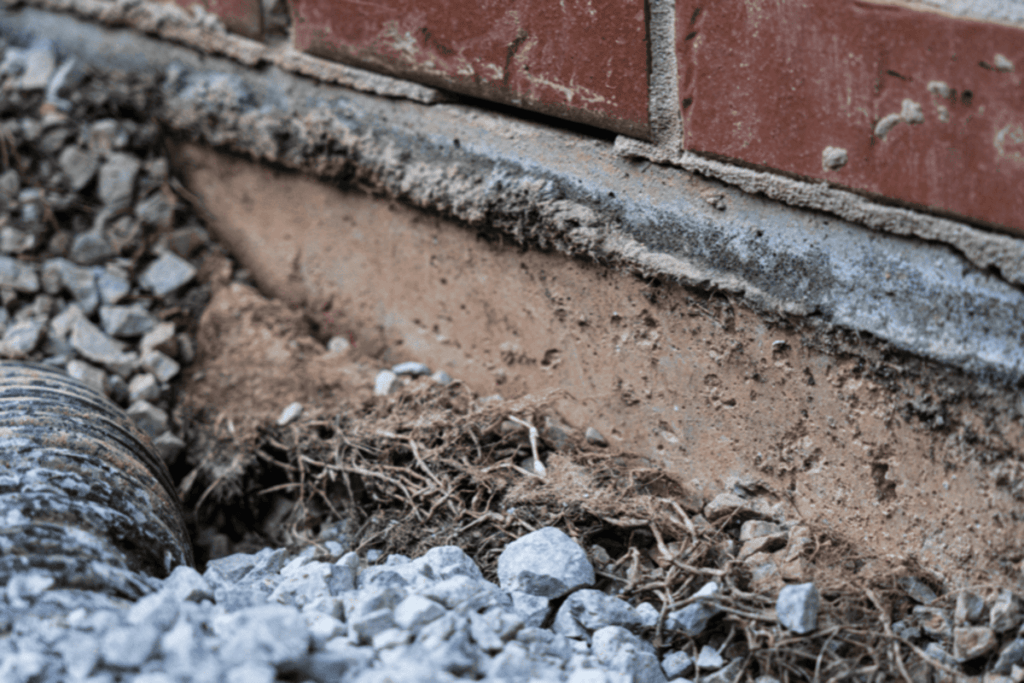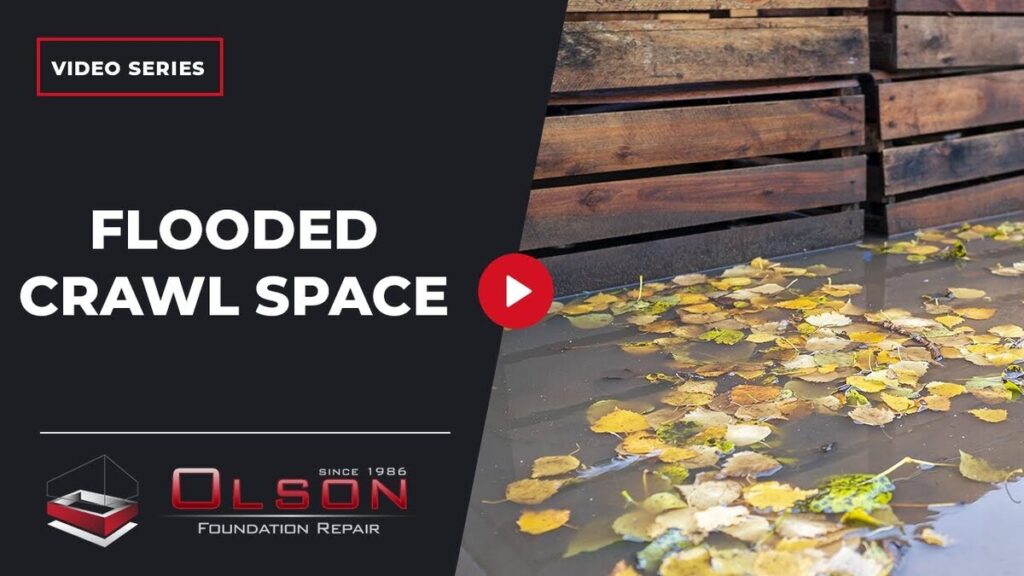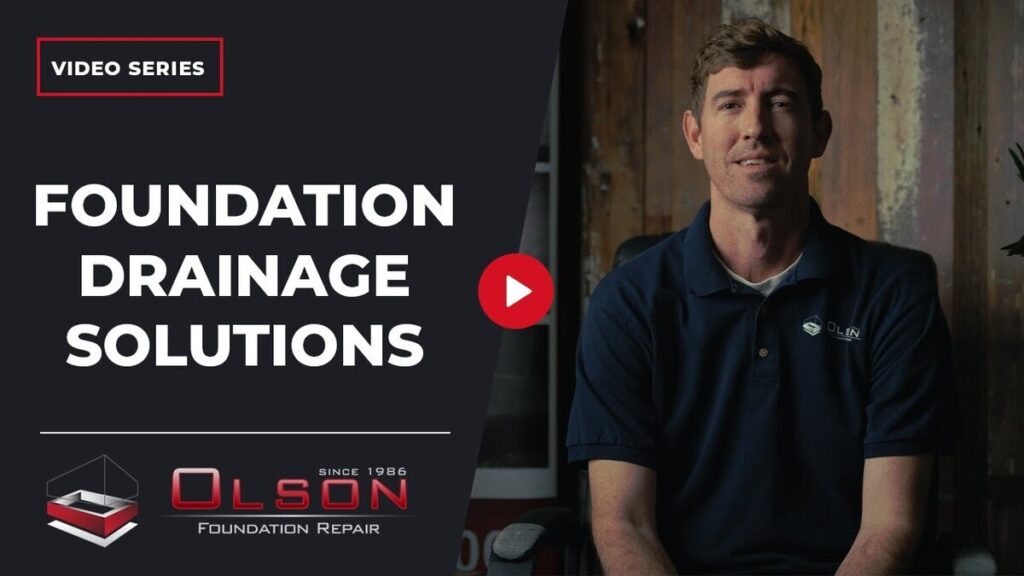Understanding the durability and maintenance of polyjacking is crucial for homeowners and property managers seeking reliable concrete leveling solutions. This guide explores the essential aspects of this concrete leveling option, including its longevity, applications, and maintenance practices. Whether you’re dealing with sunken driveways, uneven sidewalks, or shifting garage floors, knowing how long polyjacking lasts is key to making informed decisions about your property’s upkeep.
Understanding Polyjacking
Polyjacking involves injecting polyurethane foam under concrete slabs to lift and level them. It’s a preferred method for its precision and minimal disruption compared to traditional methods like mudjacking. The foam expands, filling voids and raising the concrete to the desired level. This technique is suitable for various structures, including driveways, sidewalks, basement and garage floors.
Why Choose Polyjacking?
One of the primary reasons to opt for polyjacking is its ability to maintain the integrity of existing concrete surfaces. Instead of breaking and pouring new concrete, this concrete leveling option preserves the structure. It’s an efficient and cost-effective method for those looking to avoid the hassle and expense of complete replacements.
The Lifespan of Polyjacking
Interior Versus Exterior Applications
The longevity of polyjacking varies based on whether it’s used indoors or outdoors. For interior applications, such as in basements and garages, it can last up to five years. On the other hand, exterior applications, like driveways and sidewalks, typically have a three-year lifespan. These differences are mainly due to varying environmental exposures.
Factors Affecting Durability
Several factors can influence how long polyjacking lasts. One crucial aspect is proper water drainage. For instance, if there’s a malfunctioning downspout discharging water near a polyjacked area, it can undermine the foam’s effectiveness. Ensuring a positive grade and proper drainage away from the treated area is vital for maintaining the polyjacking’s integrity.
Maintenance Tips for Prolonged Lifespan
Regular Inspections and Repairs
Regularly inspecting the treated areas for signs of re-settling or new voids is essential. Addressing these issues promptly can extend the effectiveness of polyjacking. Moreover, if the concrete was previously mudjacked or treated with polyjacking, it’s usually possible to reapply the process without significant complications.
Ensuring Effective Water Management
Proper water management around the polyjacked area is crucial. Ensure that gutters and downspouts are functioning correctly and directing water away from the concrete surfaces. This precaution minimizes water infiltration under the slabs, which can reduce the longevity of the polyjacking.
When to Consider This Concrete Leveling Option?
Polyjacking is recommended when the concrete surface is still in good condition but has issues with leveling or voids underneath. It’s a perfect solution for scenarios where the surface is salvageable and doesn’t require complete replacement. The process involves drilling small holes and injecting polyurethane foam, which lifts and stabilizes the concrete effectively.
Conclusion
Polyjacking is a versatile and efficient solution for maintaining the level and stability of concrete surfaces. Its lifespan varies depending on the application and environmental conditions, with indoor applications generally lasting longer. Regular maintenance, especially effective water management, plays a crucial role in extending its effectiveness.
If you have further questions, don’t hesitate to contact us for expert advice and services.




